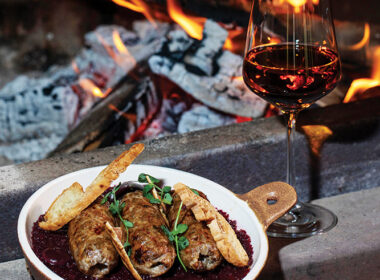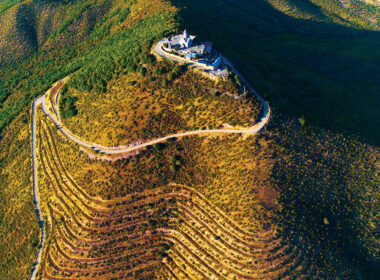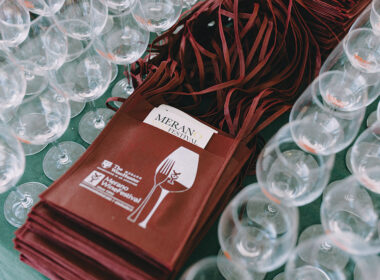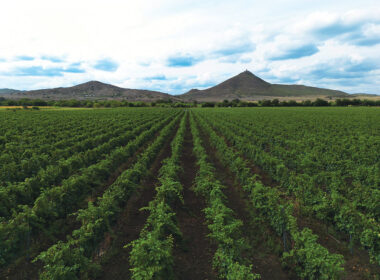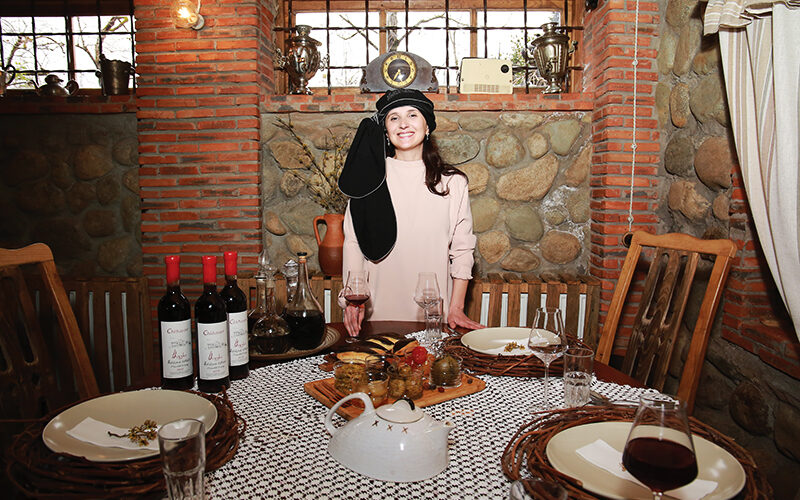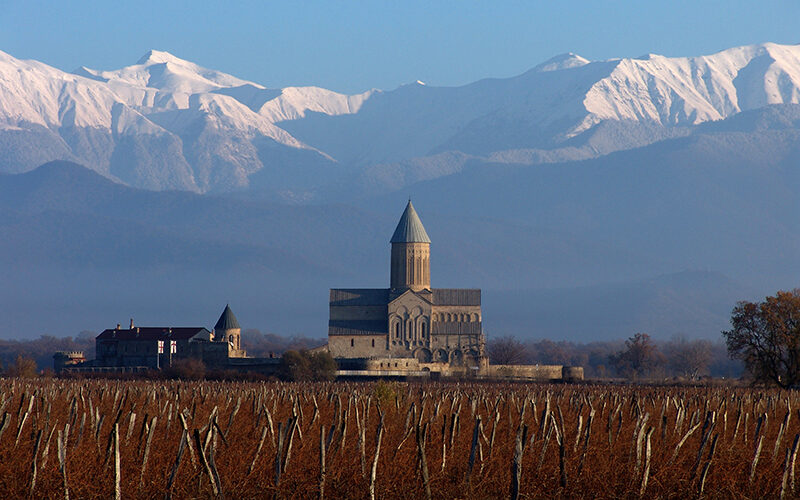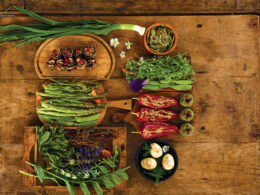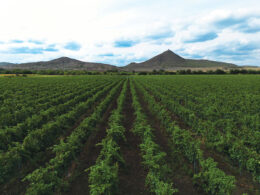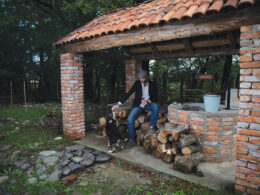Keti Kvichidze
My love for culinary started with my family and Guria. Guria is my ancestry. Locals were always known for their sharp wit and humor. The 19th-century American press praised their horsemanship. But first and foremost, Gurians always knew how to cook. The local cuisine is unique, the one that you simply have to try.
Guria is a special region of Georgia – with unique mountain and sea resorts, exotic plants, wineries, wine, and dishes. Wild pomegranate, Chinese walnut, banana trees, tung, corn, fern, agave, and chayote are just some of the plants you’ll encounter here. Locals even grew rice on Kolkheti lowlands up until the beginning of the 20th century. However, this region is especially known for its tea. Its history started in the 19th century, but it is hard to know who started it: the Scotting captain, who sailed to Georgia by the black sea, bringing black tea, or the local Mamia Gurieli, who first planted it in his garden. All we know is that tea production started in 1847 in Ozurgeti, and later received recognition at the Paris World Expo. Today, tea still grows in Guria, but in smaller quantities. There is a tea road, with markings of gastro-touristic destinations. Visitors can enjoy the beverage made from tea leaves they picked themselves.
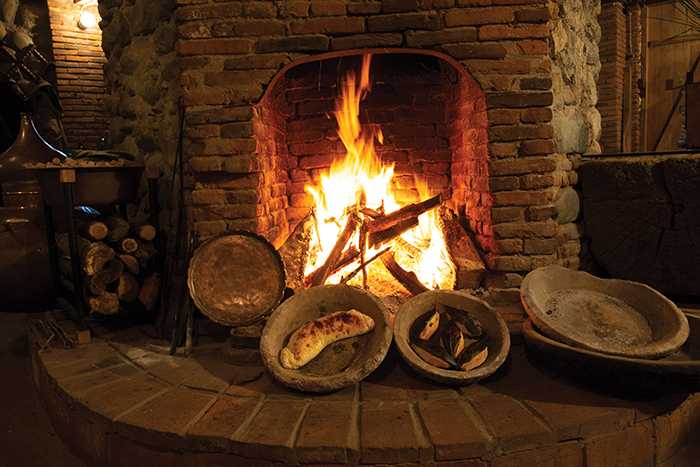
Georgia is the homeland of wine, and Guria is home to 70 of the grape varieties, including Chkhaveri, Jani, Sakmiela, Tskhenis Dzudzu, Tsolikouri, Mtevandidi, Aladasturi. I remember how my great grandfather picked the grape from the vines around the tree. Every local family here still makes their wine.
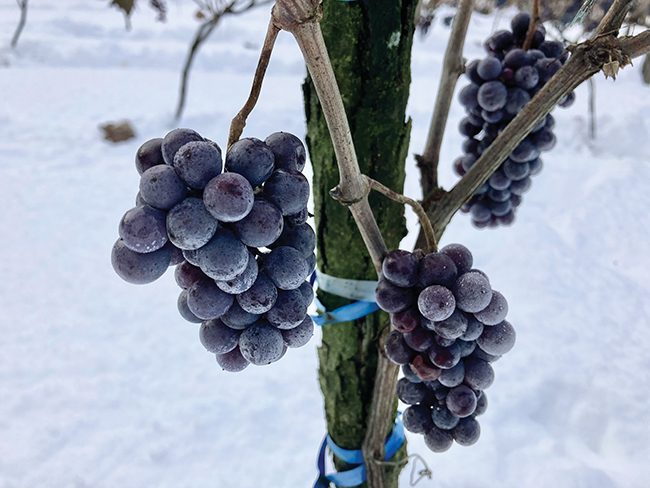
A lot of grape varieties were destroyed in the past century because of Phylloxera. But many local winemakers have been reviving and growing local varieties for a couple of years now. Vakhushti Menabde is one of such wimekers. We visited him in his winery set up in his Gurian oda (house) at the beginning of Spring. Guria is known for its tropical, extensive rains, and that’s what we got upon our visit to Vakhushti’s village of Shemokmedi.
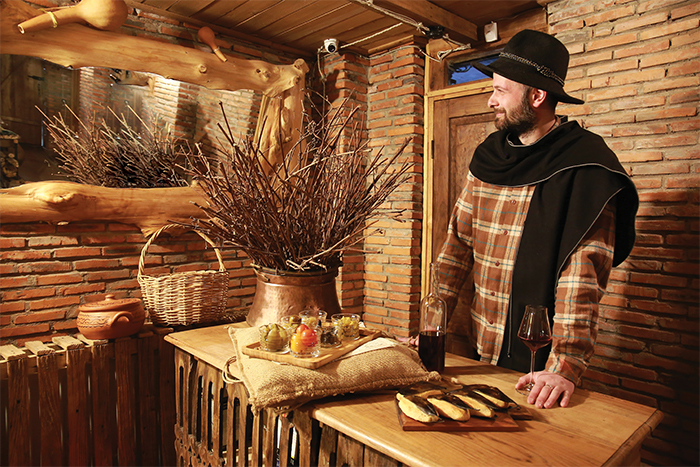
Georgians know Vakhushti as a famous constitutionalist. He spent his childhood in Ozurgeti. He knows everything about the local character and humor. He’s been making wine from Chkhaveri and Tsolikouri for a couple of years now. He looks after his vineyard himself and is not afraid of experiments in winemaking. He holds Chkhaveri on chacha and stalks for 10 months in qvevri.
His wine is full-bodied, rich in tannins, and bursting with aromas characteristic of the variety. Chkhaveri is usually a rose wine, but Menabde’s is a cornel-colored wonder, as meaty as the cornel and just as delicious. It goes so well with local dishes. He plans to make wine from Sakmiela that he planted himself on family land. His future plans also include making wine from red Gurian varieties.
I get chills just thinking about Gurian dishes and wine. A true polyphony awaits us in Menabde’s winery and I am here to tell you all about it.
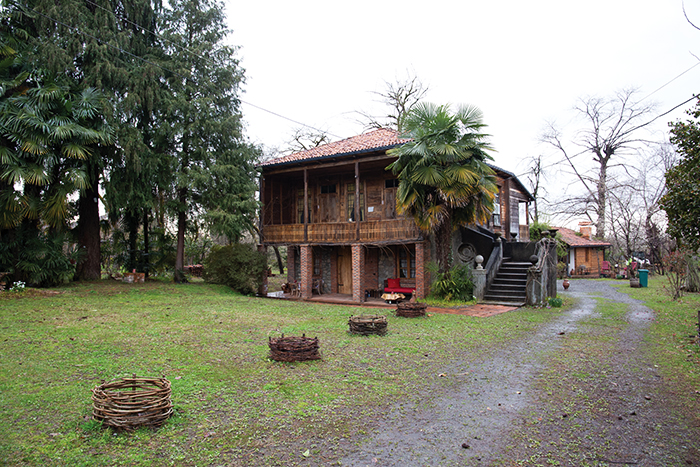
Gurian phkhali
Guria is part of Western Georgia, so phkhali is very popular here. Spring shoots of Kohlrabi, amaranth, smilax and hazel are first blanched, then mixed with walnuts or hazelnuts, garlic, pepper, and coriander. My grandmother even made smilax with tkemali sauce. We took smilax with us to an exhibition in France. I remember telling the head of the French culinary academy Michel Cilia about this plant. He listened in astonishment because what he thought was a climbing plant turned out to be delicious food. There is a legend about smilax in Greek mythology, which tells the story of young Crocus falling madly in love with the forest nymph Smilax. They met in secret because the gods were against the relationship between the mortal and the beautiful nymph. Artemis, who loved Crocus, decided to punish the couple. She turned Crocus into a yellow marigold and Smilax – into a climbing spiky plant. Since then, smilax is wrapped around the marigold, as a sign of love.
Gurian pie
Food is cooked on the stone dish (ketsi) in these parts of the world. Ketsi is very heavy and absorbs heat very well. Mchadi or khachapuri is baked on ketsi covered with laurel (prunus) leaves. The locals call Christmas Kalanda. “Kalanda” is a Greek word and means the first day of the year. Gurians specially prepared for this holiday, with a special Kalanda feast. The whole pig is cooked, with a boiled head placed in the middle of the table, which the hosts garnish with carious sweets and victuals. An integral part of this table is the crescent-shaped Kalanda pie, which is known as the Gurian pie today. It is stuffed with cheese, and boiled egg (a symbol of fertility) and baked on ketsi. In the olden days, the boiled eggs were first roasted in the middle of the fire, because the smoked eggs gave the pie a special taste. According to the tradition, one pie was baked for each member of the family on Kalanda.
Gurian Satsivi
Satsivi is the most popular holiday dish in all of western Georgia. It is prepared differently in Samegrelo, Imereti, and Guria, but the main ingredient in all of them is the walnut sauce. The turkey, or chicken, is boiled, cut into large pieces, and roasted in the oven. While the broth is cooling down, half a kilogram of walnuts, fenugreek, dried coriander, roasted peppers, yellow flowers, and the main ingredients of the Gurian satsivi – cloves and cinnamon, are mixed along with garlic and boiled onions. The mixture is then kneaded like a dough until the oils come out. This oil is stored separately, and the kneaded mass is slowly dissolved in the cooled broth. The baked meat is then added to the nutty sauce and put over the heat until boiled. As my grandmother would say – it should be taken off the heat once the surface is covered with yellow fat. Gurians eat satsivi with ghomi – coarsely ground corn porridge, eaten instead of bread in Western Georgia.
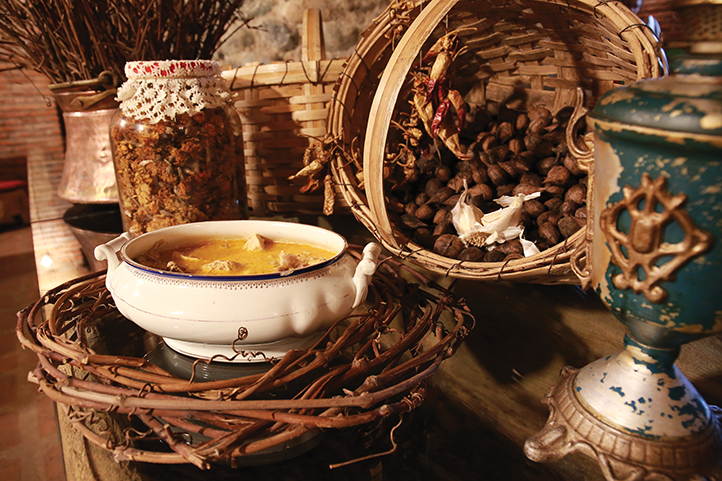
The pinnacle of local cuisine – the spice mixture – is prepared in every household. Garlic, coriander, pepper, and hazelnut (or walnut) is crushed in a mortar with salt. The mixture is used in salads, with fried chicken, as stuffing for river trout, or as a spice for boiled eggs. It gives a wonderful taste to any dish.
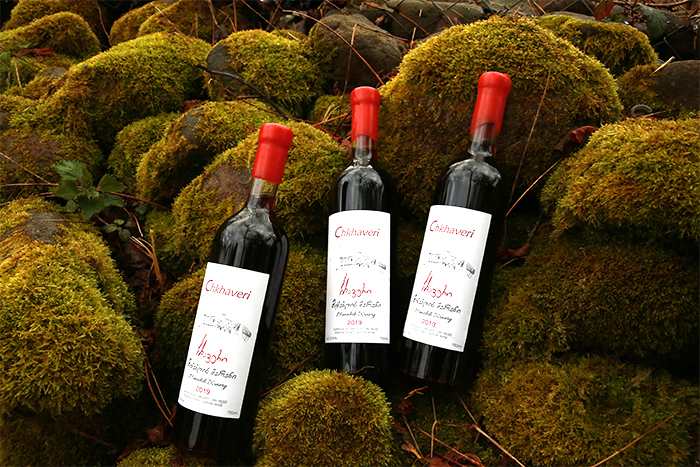
A festive table without sweets is unimaginable. In Guria, locals prepare a dish called phelamushi from the Isabella grapes: cornflower is mixed with the grape juice (badagi), boiled on low heat until it thickens, and served topped with nuts. Another phemalushi sweet is churchkhela, which is nuts on a thread, dipped in Tsolikouri grape phemalushi. We discovered yet another Gurian dessert “Iapopkha”, which is a cake baked with eggs, nuts, soy, or cornflour, sweetened with honey or sugar. Today, this dessert is seldom remembered in Guria.
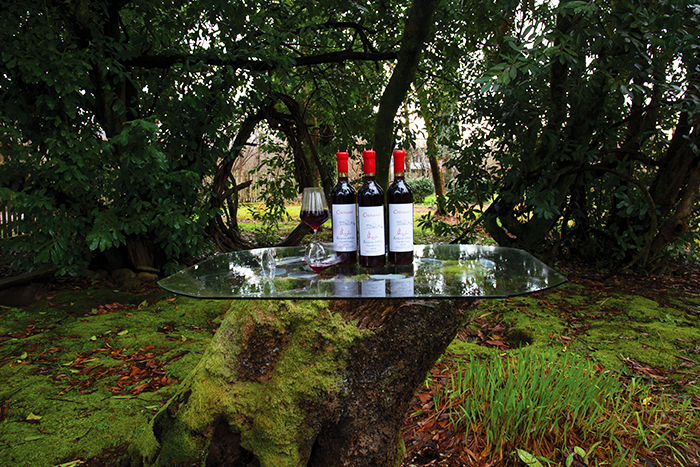
We revived all these dishes in Menabde Cellar according to the recipe of the hostess – Marina Topuria. Marina is Vakhushti’s mother. She is an amazing cook that prepared many interesting and exotic dishes – tomatoes satsivi, made from unripe tomatoes and walnut sauce. We also tried chestnut soup, onion and apple marinades, and pickled bananas (fermented unripe small bananas), the taste of which is unforgettable. As they say, you can never forget what Gurians make. All the dishes we tried, were paired with Chkhaveri from Vakhushti Menabde. This full-bodied and wonderfully aromatic wine created a magnificent polyphony that suits Gurian and all the Gurians.

